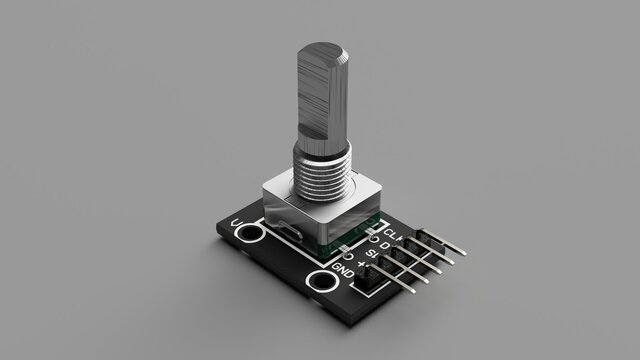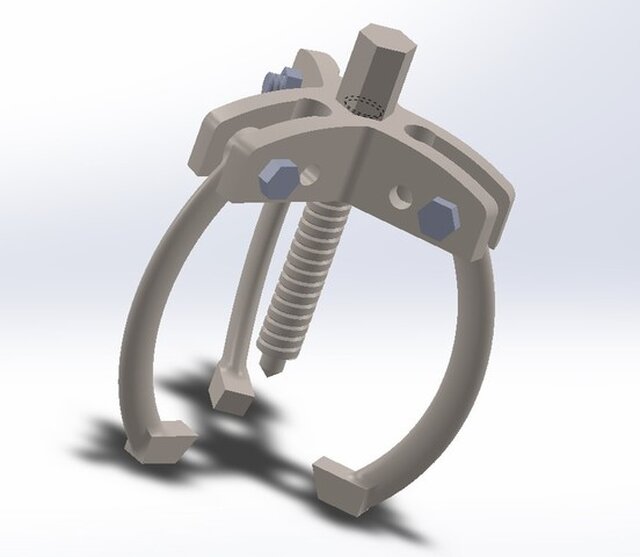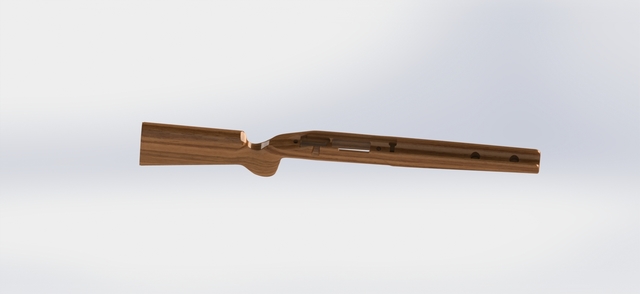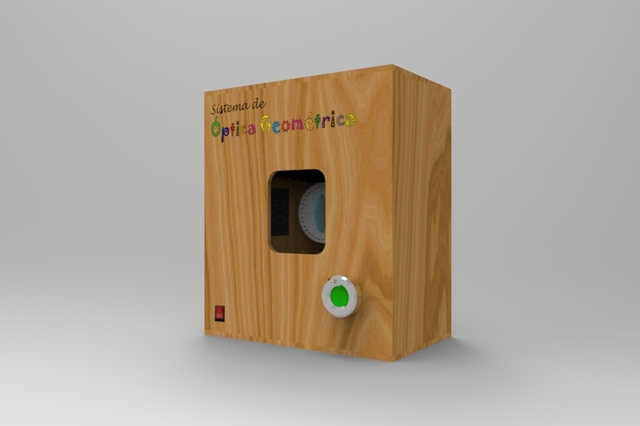In this post we share information about reverse engineering services and how they use 3D laser scanning for design. A crucial step in creating almost any object—a step that determines nearly the entirety of the design approach and manufacturing process—defines the three-dimensional form of its shape. In the old days, the initial body would be made out of wood, clay, or other accessible and flexible materials to materialize the concept in its earliest development phase. While such a practice still exists today, as seen in the automotive design industry, more sophisticated methods are now being used: CAD services and 3D scanning.
Computer-aided design software is the weapon of choice for architectural design services, engineers, inventors, and designers to build even the most complex structures, machines, and imaginary creatures “from scratch” on screen. When the object in question has been manufactured before but offers strategic room for improvement (aka not from scratch), 3D laser scanning comes to mind. Unlike an image scanner, a 3D printer emits lasers to read an object and generate its CAD file. It has been used for quite some time in metrology, and more recently in digital museum archiving, the construction industry, and product development.

Such a scanner can capture the physical specifications of real-world objects and create a virtual 3D model. The reverse engineering process continues as the model is modified and manipulated before bringing it back into the real world as an improved product.
Reverse engineering
Some terms are self-explanatory. Such is the case with “reverse engineering,” which refers to the act of taking an object apart and learning how it works before putting it back together. In many cases, reverse engineering attempts to improve an invention, sometimes to copy or steal an existing technology. Believe it or not, some companies actually develop a habit of importing products from other countries only to reverse engineer them and make their own version.
Complex reverse engineering design services involve more than just taking things apart, but also analyzing the specifications and how it was fabricated in the first place. Greater accuracy is required to generate data near identical to the original regarding dimensions and materials to determine physical properties. There can be information that reveals its strength and shortcomings as well. The best method to compile all those valuable insights into what went into an object or a product starts with 3D scanning.
The most obvious difference between traditional disassembly and laser-scanning is where the process happens. With the former, everything happens on a real-world desk using power and hand tools, but the latter can only take place in the virtual world.
Although the scanning itself is performed on a physical object, the result (visual depiction of a scanned object) appears on a computer screen. This is where real engineering design starts. All the deconstructions and detailed analyses are done virtually using CAD software. Right now, 3D laser scanning is the best and quickest way to draw digital visualizations of a physical object.

A fabricated product of any sort is a good candidate for reverse engineering. It doesn’t have to be a sophisticated object like a robot or aircraft frame, but everyday things like toys. 3D scanners are also useful to generate CAD models of architectural structures, engines, electrical components, mechanical parts, and even people. Thanks to their usefulness, 3D scanners have become invaluable equipment for a lot of companies. Although they cannot depend solely on reverse engineering to compete with the increasingly creative market, their businesses can stay relevant.
3D scanning
There are several types of 3D scanners, but essentially, the device utilizes a combination of laser and distance measurements to generate polygon meshes. Some 3D scanning services use a laser triangulation system to draw a map of an object. In contrast, others rely on a time-of-flight system to mirror an object’s dimensions by recording the time it takes for laser beams to hit a surface and return. Single scans are generally insufficient to produce complete 3D models; instead, multiple scans are brought together based on a standard reference system to generate usable data.
Regardless of the technology, the scanning process generates polygon meshes to be processed further using CAD software. Polygon meshes represent only the shape of surface, formed by a lot of triangles connected to each other; more triangles refer to finer/smoother visualization. Mesh does not contain any information about the object other than the position of those triangles, which define the shape. CAD software steps-in next.

In a typical reverse engineering process, modelers use automatic or semi-automatic surfacing tool in CAD software to transform the mesh into a solid model, which allows for more flexible changes. Manual redrawing is also possible, but it is mostly used for simple object or features. Once mesh becomes solid, the new 3D model is ready for a seemingly limitless modifications.
Why use a 3D laser scanner for reverse engineering?
The prominence of CAD in product development plays a major part in the rise of 3D laser scanning technology. People now know that designing with CAD is time- and cost-efficient. Converting a basic sketch drawn on paper into a digital model is getting easier and quicker as the technology advances. Improvements and refinements to the original idea no longer require massive investments in regards to prototyping. Product testing through virtual simulations also helps eliminate a potentially expensive trial-and-error phase.
Consumer product companies all over the world take advantage of CAD and 3D laser scanning to get on-board in the modern virtual product development environment. The combination of those technologies opens the door for a quick and accurate reverse engineering process, which may allow companies to make digital records of their own products and (or) analyze competitors’.
The deconstruction and specification identification benefits of reverse engineering give companies an edge in the market as the technology enables them to stay competitive regardless of how creative everybody else has become. More advantages of 3D laser scanning for reverse engineering:
- Less labor-intensive: Despite the reasonably high initial investment, a 3D laser scanner should pay for itself quickly. Manual disassembly of a product and drawing a digital model from scratch are avoidable. Moreover, reverse engineering with a 3D scanner and CAD is less labor-intensive. Companies save money in the long run and get consistent results.
- Intense accuracy: 3D laser scanners indeed come with varying accuracy, but any model will generate much more accurate results than manual work. Although the level of precision depends on the operator, the device itself is faultless in nearly all cases. Consider working with professional electronics design services to minimize errors.
- Quick redesign: Whether it’s a redesign to improve a product or avoid copyright infringement issues, 3D laser scanning comes to the rescue. Reverse engineering can save companies a lot of money in research and development, as they only need to use an existing product to create something similar.
The cost reduction advantage of the design process with reverse engineering translates to increased productivity. Although the technology is often deployed to redesign another product instead of creating a new one, it’s not impossible to apply so much modification to the point where the result becomes completely different from the scanned object.
3D Laser scanning in the construction industry
Outside of product development, 3D scanning technologies have proven useful in the construction industry, specifically for renovation purposes. Before builders can dismantle a building to add or replace features, they must take accurate measurements of the structure’s dimension and layout. A 3D scan of the entire building, which is then analyzed using CAD software, will allow builders to plan the project more easily. The alternative is going to the actual site and measuring dimensions manually or shifting through blueprints.

General contractors can also use a 3D laser scanner to compare a physical structure’s dimensions with the original plan. Taking a full scan of a building and cross-referencing it with the initial CAD data should give a comprehensive overview of differences. A smarter method would be to scan the structure as it reaches certain milestones to verify the construction work’s accuracy. Making the comparison phase-by-phase can eliminate the possibility of reworking or at least allow fixing issues right away.
The discrepancy between the actual structure and the CAD plan is an indication of a problem. If it turns out to be a risky error after a more thorough review process, the subsequent rework may cost the contractor a significant sum of money in addition to the total budget. It gets worse if the error is only observed when the construction is supposed to be complete. All of these potential risks make 3D laser scanning a significant investment.
As far as reverse engineering is concerned, having it done to an existing structure is entirely possible, although not necessarily practical, unless the building in question had been constructed many decades before CAD even existed. Reverse engineering makes sense if the plan is to construct a full-size twin or add a considerably massive structure attached to the building. If the building is fairly new, it would be much easier to use the original CAD data and plan renovations based on the drawing.
Cad Crowd’s engineers can help with any project
At Cad Crowd, we have the privilege of working with some of the best engineers in the industry. If you’re looking for assistance with your reverse engineering project, let us help. Get a free quote today.
